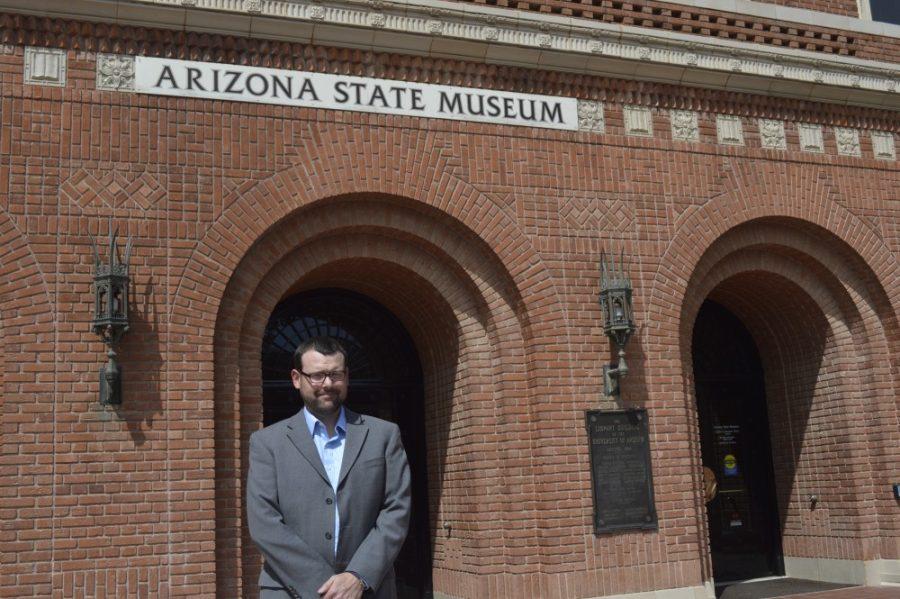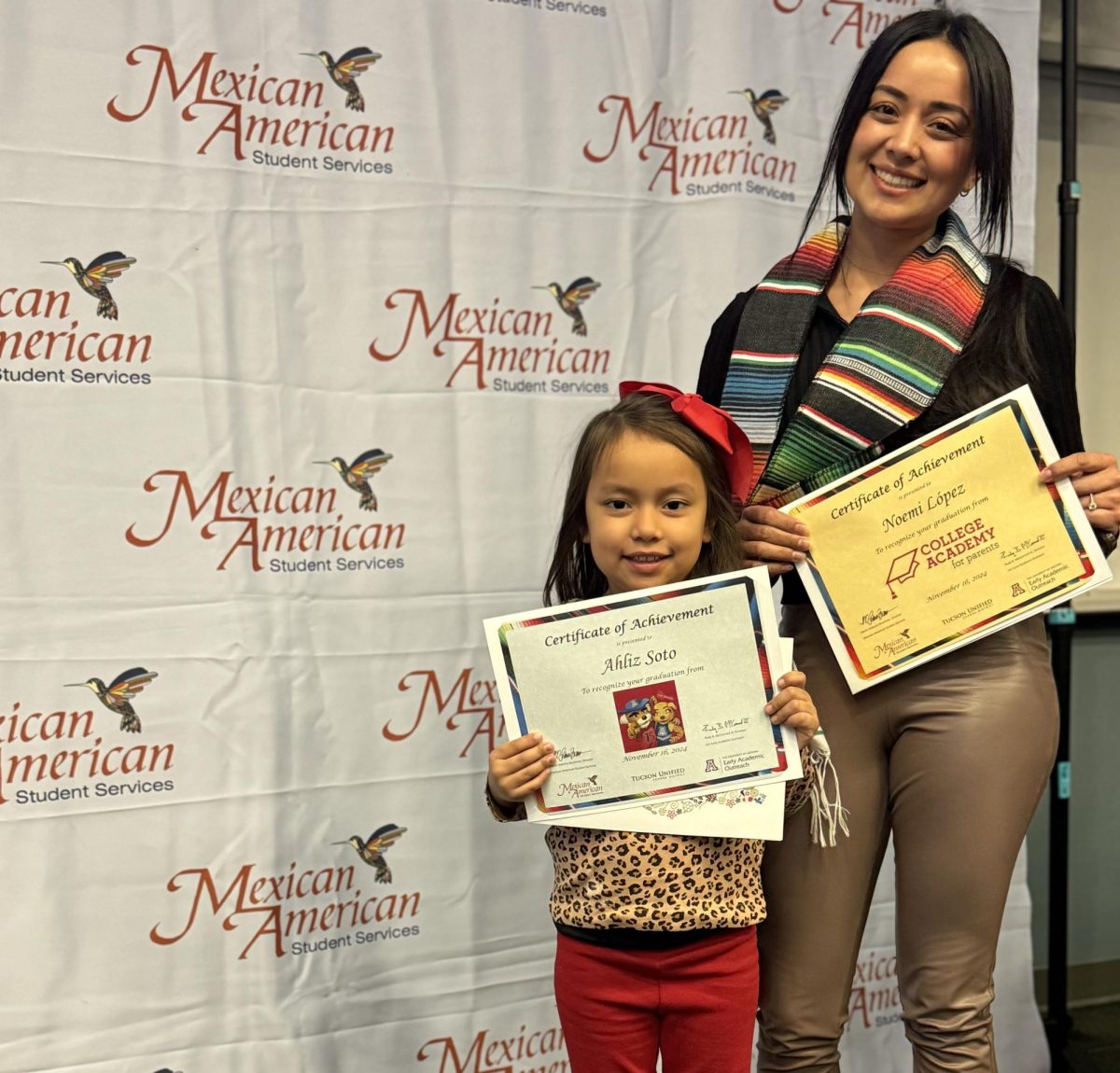Most people imagine that the role of a museum is to collect and preserve artifacts, but the Arizona State Museum is diligently working to return them.
Patrick Lyons, the soon-to-be director of the museum, is working to repatriate thousands of excavated human remains and objects back to their affiliated tribes.
The Grasshopper Region Repatriation project has successfully reburied 764 partial or complete sets of human remains and 2,452 groups of or individual funerary objects, according to Lyons, project coordinator.
“The basic idea is that they [objects] are inalienable,” Lyons said. “These are things that are not transferrable; you shouldn’t be able to buy or sell them. … Sometimes it’s a big job.”
At the time of excavation, more than 700 complete sets of human remains and hundreds of partial sets of remains and isolated bones were taken from sites around the Grasshopper Pueblo.
This project involves the Hopi and Zuni tribes as groups culturally affiliated with or related to those ancestors, as well as the White Mountain Apache, whose reservation — the Fort Apache Indian Reservation — is where the human remains and objects came from, Lyons said.
The remains and objects from this collection were excavated from 1963 to 1979 by an archaeological field school run by the UA Department of Anthropology and the state museum, according to Lyons. The collection came from people who lived 600 to 700 years ago.
The Grasshopper Region Repatriation is scheduled to be completed in spring 2014, Lyons said.
The repatriation process may differ depending on the tribe. For tribes who choose to rebury their returned objects and remains, the museum has offered assistance to make sure the collections are reburied in the way the tribes prefer.
“Normally a reburial is considered a very private matter for the tribes,” said John McClelland, the museum’s Osteology Lab manager and Native American Graves Protection and Repatriation Act coordinator. “It may be that we’re simply giving the boxes to the traditional religious leaders and they take it from there, or in some cases they may ask us to actually place the collections in the ground.”
McClelland, who has personally participated in reburials before, said it can be emotional for some tribes.
“When you put the person in the ground, you really do begin to relate to the individual more as a person than in a museum or laboratory experience, where you tend to view things as objects,” McClelland said.
Some tribes may also decide to put repatriated objects back into ceremonial use. However, if the objects were alterated when they were excavated, there could be problems. Some objects made of wood or other perishable materials, like hides or skins, could have been treated with arsenic or poisons to prevent vermin from destroying them, according to Lyons.
“When objects like that are going to be repatriated to a tribe, the tribe often is interested in returning them to use in ceremony,” Lyons said. “However, if they’re full of poison, they have a real problem.”
Nancy Odegaard, head of the preservation division and lead conservator at the museum, said she can sometimes look at museum records or evaluate objects in the lab to find out what may have happened. Depending on how the object was displayed, there may also be physical clues. Museum objects almost always get numbers and labels, she added.
“As we undergo consultation with tribe members, if they would like me to address any of those issues more specifically, then I can,” Odegaard said. “With cultural objects that might go back into use, sometimes I’ve been asked to take the catalog number off to the best of my ability.”
The repatriation is part of NAGPRA, which was passed in 1990 and applies to all institutions in the U.S. that have received federal funding and hold collections of Native American human remains and objects, according to Lyons. Under NAGPRA, the museum is required to repatriate human remains, funerary objects, sacred objects and objects of cultural patrimony to their affiliated tribes.
However, the Arizona State Museum has been involved in repatriation since the 1980s, Lyons said.
Thus far, at least 15 different tribes or Native Alaskan villages have received collections, according to McClelland. The museum has completed a total of 47 repatriations, including 1,734 individual human remains, 41,111 funerary objects and 222 objects of cultural patrimony.
“My perception is that they [tribes] believe very strongly … that the right thing is for the remains [to] go back into the ground,” Lyons said, “so that they can naturally decompose and sort of complete their journey that they were on.”









